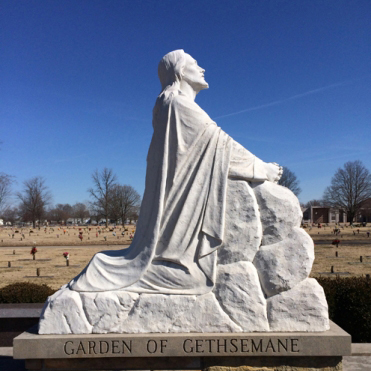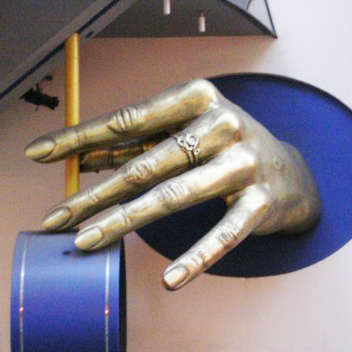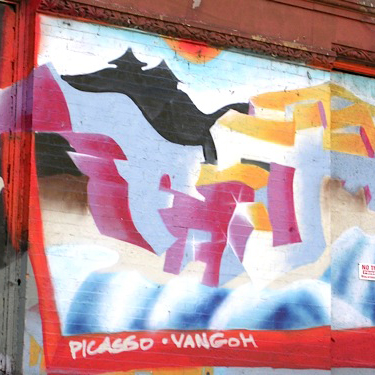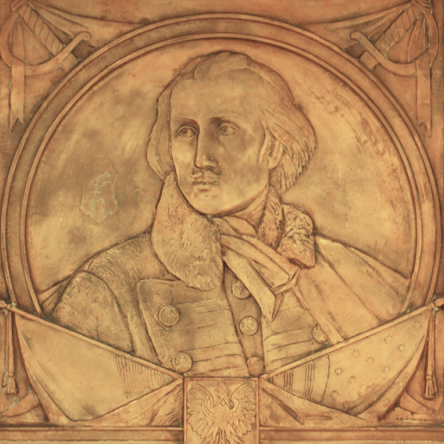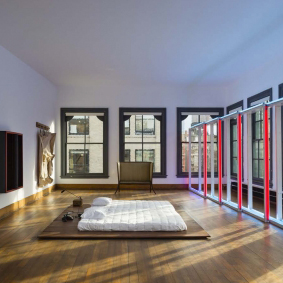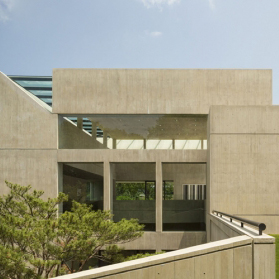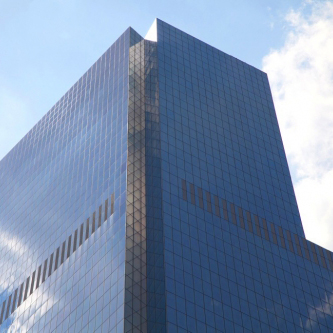Previous Newsletters
|
||||
|
CAPTIVATING AUDIENCES
Planning (and attending) our events counts as one of the best fringe benefits and perks we have at cultureNOW. We find a topic that interests us, invite knowledgeable people to share their insights, choose a suitable venue, and reach out to our extensive network of friends, family and whomever we think will come. We pray that they stay till the end; we measure success accordingly. Last week we ran three and participated in a fourth. On Thursday, Over Time quickly expanded beyond the panel into a fullblown roomsize discussion about photography, running overtime. At Friday's Cocktails & Conversations, we ran out of Cocktails (and chairs) before the Conversations were finished. On Sunday afternoon in unseasonably chilly weather, more than half the walkers were still walking on our tour by the time we reached Hell's Kitchen nearly three hours after it began. A few days later we found ourselves sharing our own experience on the design team of a museum to a class of students. We illustrated it with images of the very building we were sitting in being designed and constructed. We knew that we were a big hit since we were asked to give an encore performance to a different class an hour later. We were assured that this was due solely to our fascinating slideshow and not at all to our fortuitous situation since architects rarely spend their Saturday afternoons trolling the corridors of buildings they worked on powerpoints in hand. Architectural pilgrimages are routinely made to Columbus, Indiana. Few people realize that the public art collection is equally as noteworthy as the buildings that surround it. The Arts Council of Columbus approaches their collection in a way that most other cities don't. Cities typically proudly point to their relatively recently acquired Percent for Artworks as their Civic Collections. While these are indeed worthy highlights, every city has many public spaces that are often graced with lightly maintained monuments that have moved off the radar screens. Columbus also includes all the sculptures found in its cemeteries, schools, and parks where the provenance is murky. So when people come to look at the killer architecture, they get the bonus of everything else. Sheer quantity is another way to engage an audience. By far largest artist in our collection is Unknown with an exhaustive body of works. We thought it would be fun to feature some of these works. Another way is to create a puzzle. It is unusual for an artist to have entire websites devoted to understanding the meaning behind their work. But Jim Sanborn has managed to achieve that with Kryptos at in front of the CIA. Timely projects also create a following.Bruner/Cott, for instance, is an architecture firm that has completed two projects both of which were game changers: Mass MoCA became a destination museum for North Adams, Mass and the Blackstone Building was the first building at Harvard to fully embrace sustainability. Awards programs are another vehicle; the prestige conferred on the winners of the AIA New York Chapter's Design Awards is legendary. Provocative programs, hidden treasures, solving puzzles, theater, transformative projects, and awards are all ways to captivate an audience. Abby Suckle, President |
||||
|
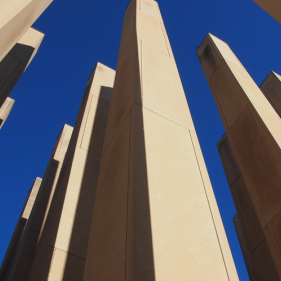
Bartholomew County Memorial to Veterans Columbus, IA photo © Richard McCoy
Architects Maryanne Thompson / Charles Rose (1997) |
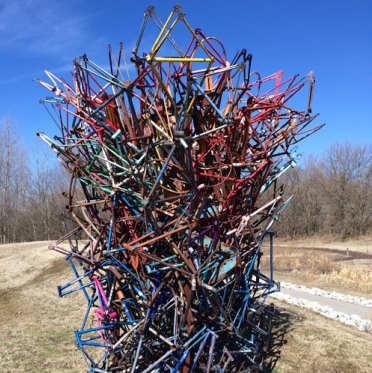 Yellowwood Coral (2006) Columbus, IA
Lucy Slivinski , Photo © Richard McCoy |
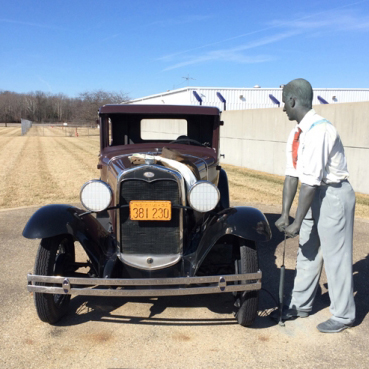 When I Was Your Age (1989) J. Seward Johnson Columbus, IA Photo © Richard McCoy |
||
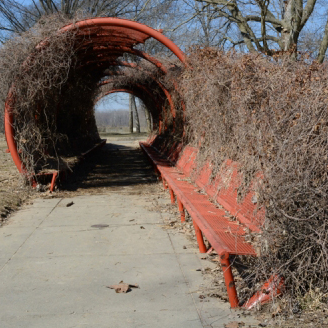 Red Arbor (1992) Stanley Saitowitz |
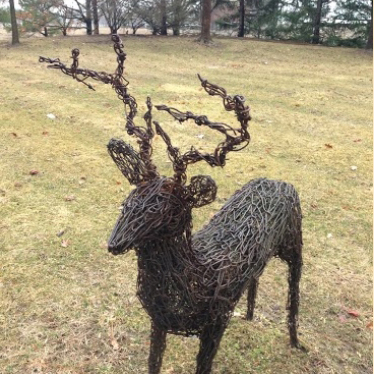 Deer Figure (1993) William Arnold Columbus, IA Photo © Columbus Area Arts Council |
|||
|
|
Garden of Gethsemane Columbus, IA(c.a.1900) Photo © Richard McCoy Columbus Area Arts Council |
Sculpture of Hand New York, NY |
||
|
The Original Way
New York, NY |
Surrogate Court Lobby Radiator Cover New York, NY |
General Casimir Pulaski Memorial (1920) New Haven, CT
City of New Haven Public Art Collection
|
||
|
photo © James Ewing
New York, NY (2013)Architect Architecture Research Office AIA Honor Award - Architecture Donald Judd lived and worked in a cast-iron warehouse at 101 Spring Street from 1974 - 1994 when he died which has been transformed into a museum. DANISH NATIONAL MARITIME MUSEUM 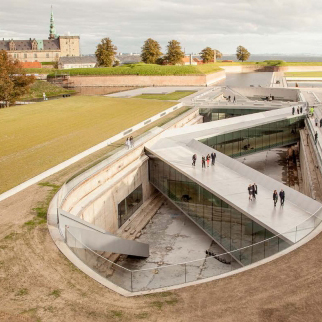
photo © courtesy of the Architect
Architect B.I.G. Bjarke Ingels Group (2013) AIA Honor Award - Architecture The Maritime Museum was moved from Helsingør Castle into the adjacent dry dock which had to be redesigned to accommodate the building. CAMPBELL SPORTS CENTER 
photo © courtesy of the Architect
Architect Steven Holl Architects (2013) AIA Honor Award - Architecture
photo © courtesy of the Architect
Architect Pei Cobb Freed & Partners Architects (2011) AIA Honor Award - Architecture This was a renovation and addition to IM Pei's iconic 1973 museum at Cornell. Photo © courtesy of the Architect
Architect Fumihiko Maki with Adamson Associates + Beyer Blinder Belle AIA Honor Award - Architecture INTERESTING FIND 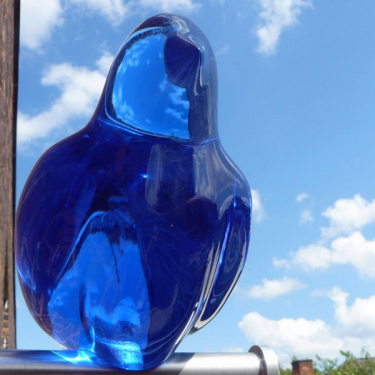
|
||||
|
FEATURED ARTIST: JIM SANBORN Jim Sanborn was raised in Washington, DC. Both of his parents worked in the Library of Congress, his father as the Director of Exhibitions and his mother as a Photo Researcher which gave him access to the collections. His early work was about hidden or invisible natural forces. But things really changed when he received the commission for Kryptos for the CIA Headquarters in Langley, Virginia in the late 80's. He began to think about how to incorporate a code into the work. Kryptos means "hidden" in Greek. Sanborn and Ed Scheit, a retired CIA cryptographer spent four months devising four encryptions that were embedded in the sculpture's curved copper panels. The code was never broken. On Kryptos 20th anniversary in 2010, Sanborn became so flummoxed by the CIA’s inability to crack the code that he decided to give everyone a clue. He told the New York Times that the part of the sculpture that reads “nypvtt” becomes Berlin once decoded. He believes that secrecy is power even if it is just a little something kept from view, buried, so to speak, in the matrix of everyday life. He views his work as an artist to release this hidden information at a rate commensurate with its importance, and at the time of his choosing so as to prolong the experience of discovery. He says that artwork that gives up its form or content quickly is soon forgotten content in text and language have taken over. Each work has different texts encrypted into them which are site specific. At night, the theatricality of the works take over and the texts explode into their settings. A,comma, A in front of the MD Anderson Library has texts selected from the collections. Caloosahatchee Manuscripts contains the text of a story told by Maskoki Indian leader Tchikilli to James Oglethorpe about the migration of Native Americans into Florida. Vocal Witness on the Connecticut Veterans Home draws text from military citations, historians, and events. |
||||
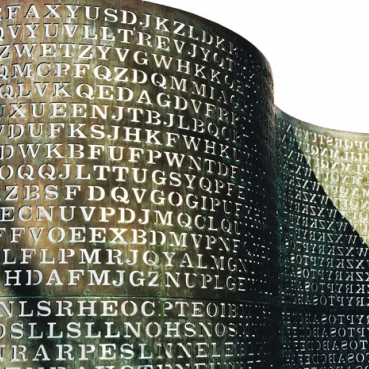
Kryptos (1989) Photo © Jim Sanborn |
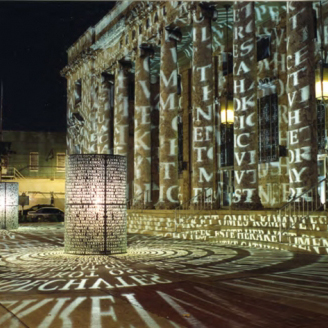
Caloosahatchee Manuscripts (2001) Ft Myers, FL
Ft Myers Public Art Collection Photo © Jim Sanborn |
|||
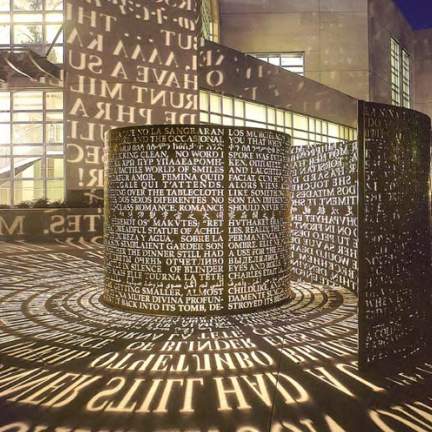 A, Comma, A(2003) Houston, TX, Photo © Jim Sanborn |
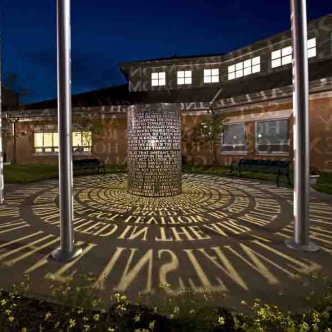
Vocal Witness (2008) Rocky Hill, CT |
|||
|
FEATURED ARCHITECT: BRUNER / COTT & ASSOCIATES The factory that became Mass MoCA was originally a textile printing company which was transformed during WWII into the Sprague Electric Company. In 1985 it went out of business. North Adams was seeking ways to creatively reuse the huge vacant factory. It reached out to Thomas Krens, then Director of the Williams College Art Museum. He invited Frank Gehry, Robert Venturi, SOM and Bruner / Cott to prepare a master plan. They came up with the idea of transforming the building into a museum to showcase contemporary art and Bruner / Cott became the renovation architect. By any measure, this has been wildly successful ranking as one of the most widely visited American museums of its kind. The firm also became involved in sustainable architecture in the early 2000's which was at the beginning of LEED. Harvard formed its Green Campus Initiative bringing together its School of Public Health with its Facilities Department and set about greening the campus. The first foray into creating a true LEED Platinum building was 46 Blackstone Street the home of University Operations which took a former steam plant and repurposed it. In the process of completing this building, the University began to change its direction and priorities incorporating sustainability into all its buildings. Often on collaborations between architects one firm gets most of the credit and the other one is relegated to the sidelines. We wanted to highlight MIT's Sloan School of Management which Bruner / Cott worked with Moore Ruble Yudell on the building. The firm also has another distinction unusual for Architecture practices. Simeon Bruner, one of its Principals, created the Bruner Foundation in 1963. They are noted for their award, The Rudy Bruner Award for Urban Excellence which celebrates urban places that are distinguished by quality design along with their social and economic contributions to our nation's cities. |
||||
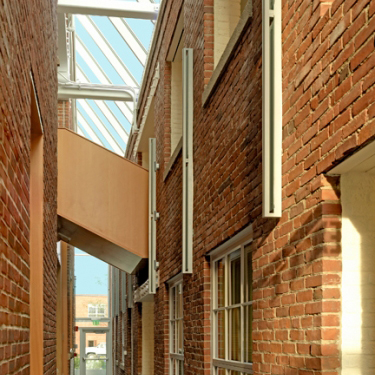
Harvard / Blackstone Offices (2006) Cambridge, MA
Bruner/Cott Photo © Richard Mandelkorn |
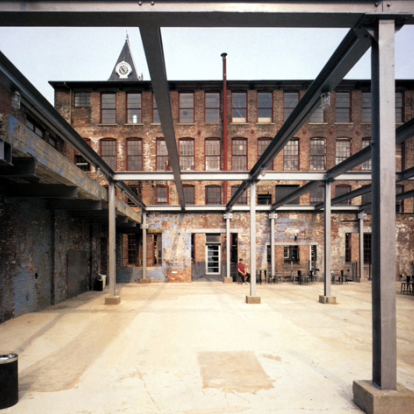
Mass MoCA (1999)
North Adams, MA
Bruner / Cott Photo © Robert Polidori |
|||
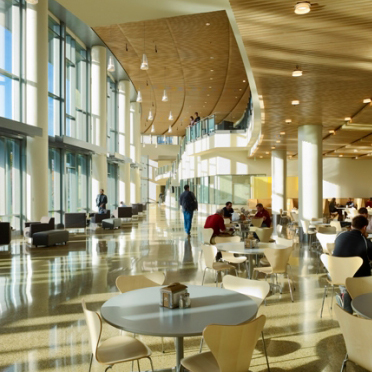
MIT Sloan School of Management (2010) Cambridge, MA
Moore Ruble Yudell with Bruner/Cott Photo © Alan Karschmer |
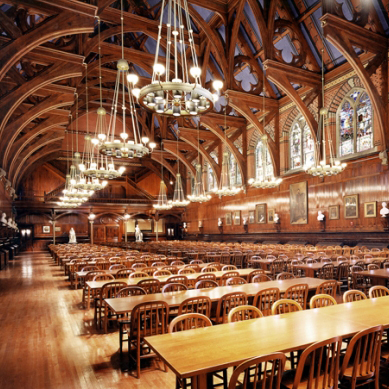
Memorial Hall Renovation (2000) Cambridge, MA
Bruner / Cott Photo © Steve Rosenthal |
|||
|
There were 35 awards conferred in Architecture, Interiors, Projects and Urban Design. Usually we cherry pick what we think are the most photogenic projects to highlight. But this year we decided to focus on the Architecture winners because there is such a wide range of program types.
| ||||
|
||||


